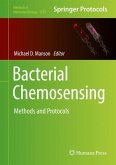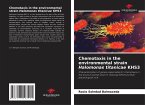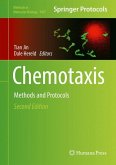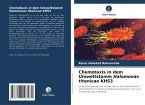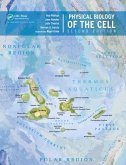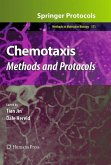This volume covers a wide range of up-to-date technologies that have been successfully applied to study the chemosensing behavior of the traditional model species, such as Escherichia coli and Salmonella typhimurium, while being also applicable to a wide spectrum of other species. Beginning with an introduction, the sections of the book explore methods for studying bacterial chemotaxis at the population and whole-cell levels, in vivo analysis of receptor function, cryo-EM methods for studying chemoreceptor structure, as well as intracellular movement of chemosensory proteins, high-throughput methods to screen for novel chemoeffectors, and chemical tools and computer simulations for analyzing chemotaxis. Written for the highly successful Methods in Molecular Biology series, chapters include brief introductions to their topics, lists of the necessary materials and reagents, step-by-step, readily reproducible laboratory protocols, and tips for troubleshooting and avoiding known pitfalls.
Authoritative and cutting-edge, Bacterial Chemosensing: Methods and Protocols provides an extensive repertoire of approaches that can be extended to understanding chemotaxis, in particular, and chemosensing, in general, in the context of the enormously varied lifestyles adopted in the larger bacterial world.
Authoritative and cutting-edge, Bacterial Chemosensing: Methods and Protocols provides an extensive repertoire of approaches that can be extended to understanding chemotaxis, in particular, and chemosensing, in general, in the context of the enormously varied lifestyles adopted in the larger bacterial world.

